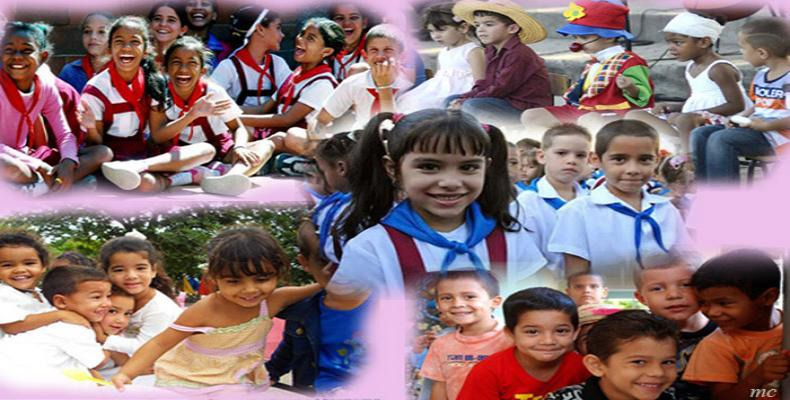
Cuba works for children and adolescents
By María Josefina Arce
Not even international conventions, conferences and commitments have succeeded in eliminating child labor in the world, a problem that worsened with the world health emergency caused by COVID 19 and the difficult economic situation generated, which affected the poorest families the hardest.
According to the ILO (International Labor Organization) and UNICEF (United Nations Children's Fund), in 2020, the number of minors performing labor that is detrimental to their health and safety rose to 160 million.
The outlook does not seem to be encouraging for the coming months. International organizations warned that worldwide, by the end of next year, nine million more children are at risk of being forced to work as a consequence of the pandemic that has led to the loss of employment and family income.
Gone are the days in Cuba when it was common to see children on the streets selling newspapers, shining shoes or doing housework in the homes of the wealthy, hidden from society's view.
The revolutionary triumph of January 1959 brought a radical change and opened a different future for the youngest. In our country, children and adolescents are privileged. We work for their integral development, we watch over their right to health, education, sports and healthy recreation.
A whole group of laws and measures safeguard the prerogatives of this sector, which represents 21% of the country's total population. The prohibition of child labor is one of the fundamental principles governing the right to work.
In Cuba, as expressed by President Miguel Díaz Canel, the state protects minors from any exploitation and watches over them, in accordance with international instruments and commitments.
In addition, no family was left homeless during the pandemic. Multiple alternatives were sought so as not to affect the income of the family nuclei, such as telecommuting and temporary relocation to other jobs.
Likewise, the learning of children and adolescents was maintained through different options such as television and Internet classes. Numerous institutions were involved in these initiatives and supported the efforts of the educational authorities.
Cuba is internationally recognized for guaranteeing the right to education. Statistics prove it. The net enrollment rate in primary education is 99.1% and in secondary education is 96.4%, while at the same time it presents high rates of gender parity at all educational levels.
A noteworthy achievement is the care provided by the state to children without parental care and those with physical or mental disabilities. Their incorporation into society and their welfare is a priority.
Despite the obstacles imposed by the U.S. blockade for almost 60 years, there has always been a commitment and political will on the part of the government and its institutions to maintain the achievements in the protection of children and young people, who are the future of the Homeland.

